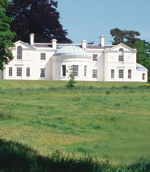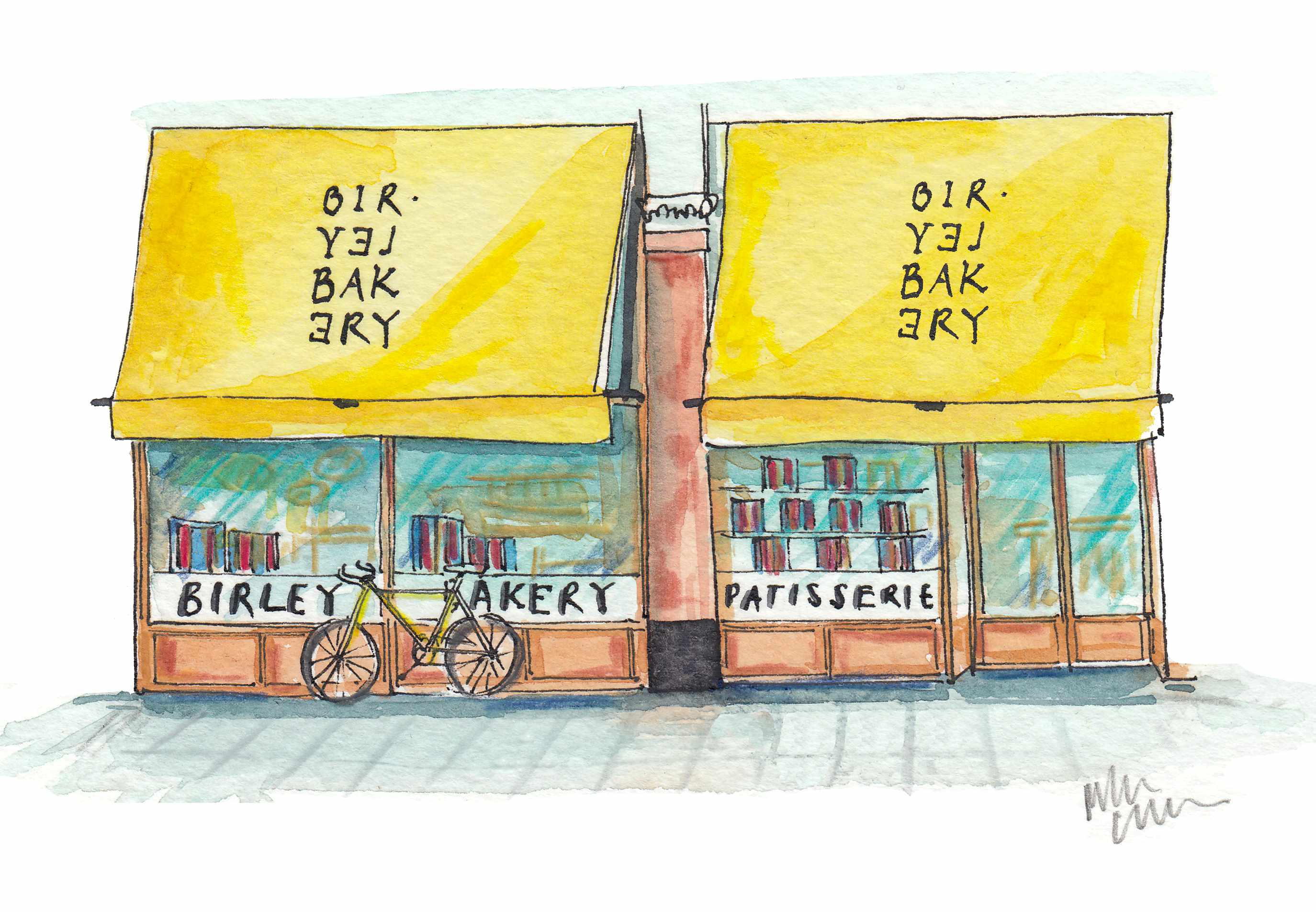Classic country houses for sale
Two classic country houses have been brought back to life by new sensitive restorations


A stately home in miniature, elegant Grade II*-listed Poston House at Vowchurch stands on the site of a medieval deer park high in the Herefordshire hills, looking out over a vast swathe of the glorious Golden Valley to the Black Mountains and the Forest of Dean.
The original Georgian ‘casino’ or round house was designed and built, probably in about 1765, by Sir William Chambers of Kew Gardens fame, as a shooting lodge for Sir Edward Boughton, whose father bought the manor of Poston from the 5th Duke of Beaufort’s trustees in 1749.
However, by 1988, when Esmond and Susie Bulmer bought the Poston estate, the ‘very charming shooting box’ mentioned by Pevsner was a virtual ruin, its classic late-18th-century rotunda a nesting-place for hens. An article by Mary Miers in Country Life (July 7, 2005) traces the transition of Poston House from a forlorn wreck to an ‘arresting country house on a diminutive scale’, thanks to an inspired collaboration between the Bulmers, the architect Philip Jebb, and master builders Treasure & Son of Ludlow.
As the architect of 37 Land-mark Trust restoration projects, Jebb was known for his ‘unerring eye, superb taste and command of perfect Classical detail’ qualities he displays to supreme effect at Poston House. But the project was to be his last hurrah, as he died before it was completed, in 1995.
The remodelling of Poston involved restoring the 18th-century core, comprising the south-facing round room, the hall, the staircase and the Doric portico, and replacing the Victorian wings with two-storey pavilions in keeping with the original Chambers design. The former gate lodge, used as a farmhouse in Victorian times, was turned into a guest annexe, and the architect William Bertram later converted buildings in the farm courtyard into an office, a gardener’s cottage and garaging.
Poston House has the look and feel of a classic Georgian house with 21st-century facilities, but its origins are much older, as the remains of an Iron Age fort in the park suggest. In 1227, Ralph Scudamore, the benefactor of Dore Abbey, had a fortified house here. In 1522, it passed to the Parry family, who were granted a licence to enclose the deer park.
In 1635, Henry Earl of Worcester paid £400 for the house, which remained in the hands of the Somerset family, Dukes of Beaufort, before passing to Sir Edward Boughton. Miss Miers points to the discovery of elaborate brick vaulting under the portico, and old bread ovens and a cellar under the hall, as proof that Sir Edward built his new house on the site of an earlier, much larger one.
Sign up for the Country Life Newsletter
Exquisite houses, the beauty of Nature, and how to get the most from your life, straight to your inbox.
To the consternation of his younger brother, Sir Charles Rouse-Boughton of nearby Downton Hall, Sir Edward left his considerable estates to Eliza Davis, his natural daughter by one of his maidservants. Thereafter, Poston passed to the Robinson family when Eliza’s daughter Frederica married Thomas Robin-son of Kensington, whose father ran the royal farms at Kew and Windsor. The last of the Robin-sons to live at Poston House was Ralph Spencer Robinson, son-in-law of Skeffington H. Dodgson, vicar of Vowchurch and brother of Lewis Carroll. On Robinson’s death in the 1960s, Poston was sold to a local farmer and thereafter went into rapid decline.
Having completed the restoration of Poston House, its gardens and grounds, the Bulmers decided to head north to York-shire, and in 1999, the estate was put on the market. It was bought two years later by Stephan Ludwig, former chairman, now owner, of Dreweatt Neate Fine Art, and his wife Emily, who have brought up their family there and are now heading back east.
Delightful, 4270sq ft Poston House, which remains much as the Bulmers left it, is compact but exquisitely formed, with a large airy drawing room, ‘signature’ circular dining room, timeless country kitchen/breakfast room, and three bedroom suites. Poston Lodge provides three guest bedrooms, a living room and a kitchen/dining room, and Garden Cottage four more double bedrooms, two bathrooms, a sitting room and a kitchen/dining room.
The entire 270-acre estate, with its heated indoor pool complex (disguised as an orangery), traditional outbuildings and barns, tennis court, formal gardens, paddocks, medieval parkland and woodland, is for sale through Andrew Grant (01905 734735) at a guide price of £4.25 million.
Country Life is unlike any other magazine: the only glossy weekly on the newsstand and the only magazine that has been guest-edited by HRH The King not once, but twice. It is a celebration of modern rural life and all its diverse joys and pleasures — that was first published in Queen Victoria's Diamond Jubilee year. Our eclectic mixture of witty and informative content — from the most up-to-date property news and commentary and a coveted glimpse inside some of the UK's best houses and gardens, to gardening, the arts and interior design, written by experts in their field — still cannot be found in print or online, anywhere else.
-
 'That’s the real recipe for creating emotion': Birley Bakery's Vincent Zanardi's consuming passions
'That’s the real recipe for creating emotion': Birley Bakery's Vincent Zanardi's consuming passionsVincent Zanardi reveals the present from his grandfather that he'd never sell and his most memorable meal.
By Rosie Paterson
-
 The Business Class product that spawned a generation of knock-offs: What it’s like to fly in Qatar Airways’ Qsuite cabin
The Business Class product that spawned a generation of knock-offs: What it’s like to fly in Qatar Airways’ Qsuite cabinQatar Airways’ Qsuite cabin has been setting the standard for Business Class travel since it was introduced in 2017.
By Rosie Paterson